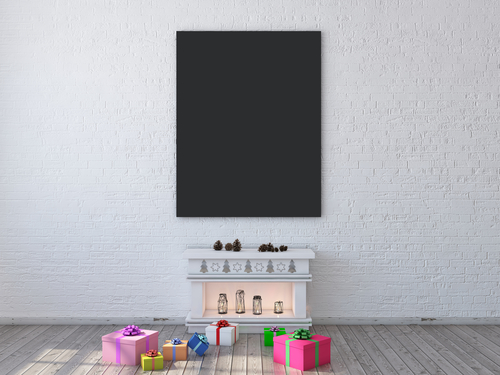Learning New Design Viz Methods—Is It Worth It?
Design visualization just keeps reaching new heights. While renderings remain a common part of design presentation, advances in technology have made new types of media not only possible but within the reach of even small teams and firms. These newer types of media require a change in workflow. Is it worth it?
For architectural exteriors, a 360-degree panorama rendering is now fairly easy to produce and gives a richer presentation than a still or around. When such a rendering is loaded by a panorama player, the viewer can navigate the scene in real time, zooming in and out and rotating the view at will.
The only downside to a panorama is the rendering time for such a large image. But if a real-time renderer is used instead of an offline renderer, a panoramic image can be generated in the time it takes to save the file to disk.
Just ask Pawel Mielnik, a Poland-based architect who recently placed as a Finalist in the Ronen Bekerman CABINS challenge with his very first real-time scene, a rendition of the Tower Studio cabin on Fogo Island. Mielnik’s presentation included a panorama, something he would never have attempted in the past due to long render times. By using real-time rendering with Unreal Engine, he was able to generate one in seconds.
Mielnik was skeptical at first about trying a new workflow, but after using Unreal Engine’s real-time painting tools to generate the island’s striking landscape, he’s sold. “Being able to paint with the layers was easy and fun,” says Mielnik. He adds that it took time to get used to seeing the work in progress continually being rendered in real time, “but now I very much prefer it over the previous way that I worked.”
Another emerging presentation format is virtual reality. New Zealand-based RealityVirtual specializes in creating hyper-real VR experiences of local structures and landscapes like churches, museums, and iconic landscapes.
RealityVirtual’s goal is to preserve New Zealand culture through hyper-real virtual reality—you can put your virtual nose an inch away from a virtual object and see it as you would in real life, down to the pores on a rock or the fibers on a painting’s canvas.
Such a level of detail requires photogrammetry (high-resolution photos) and 3D scanning. Even with the huge datasets generated by this workflow, RealityVirtual is able to achieve a VR playback speed of 90fps at 1080p with Unreal Engine.
Augmented Reality (AR) and Mixed Reality (MR) are virtual reality’s souped-up cousins. With AR, the virtual reality experience is enhanced with hotspots that a visitor can touch to teleport to another part of the scene or make something happen in real time.
More and more VR experiences are now incorporating AR. Even television shows have gotten into the game. The infamous Hacker Hostel from the HBO Series Silicon Valley now has its own VR/AR experience, an inch-accurate reproduction of the programmers’ hangout down to the last detail. Visitors are greeted at the door by messages from the cast, and the experience includes more than 750 interactive objects so visitors can do just about everything the characters do—play games, eat, drink, make a mess, and help with coding problems, just to name a few.
With Mixed Reality, virtual reality elements are projected onto real-world objects from the viewer’s perspective in real time, providing an overlay that looks as if it’s actually on the object.
Mixed Reality is currently getting a lot of use in automotive visualization, where a designer can sit in a physical form of a car interior and see a specific car’s dashboard inside their goggles. Some systems even project a moving landscape that appears to be outside the windows, giving the viewer a sense of what it’s like to drive or ride in the car.
BMW is one of the automotive giants at the forefront of this movement, with in-house VR/MR labs for designers to collaborate across the globe. Volkswagen has gone a step further and used VR/MR to demonstrate a car to potential buyers in a showroom. Even before a prototype is ready for public test drives, buyers can see the virtual car’s exterior in photoreal, real-time VR, and sit in the car’s interior and swap out different upholstery and trim in real time.
These “new” presentation formats aren’t necessarily so new—VR, for example, has been around for decades in some form or another—but the difference is that now they’re within reach. With the low cost of VR headsets, and with real-time rendering by Unreal Engine available as a free beta, just about anyone can get into the game and start experimenting with stereo panoramas and virtual reality.
Unreal Engine is included as part of Unreal Studio, a suite of tools, especially for design visualization professionals. Download the free Unreal Studio beta today and get started on your own journey to these new presentation methods.

